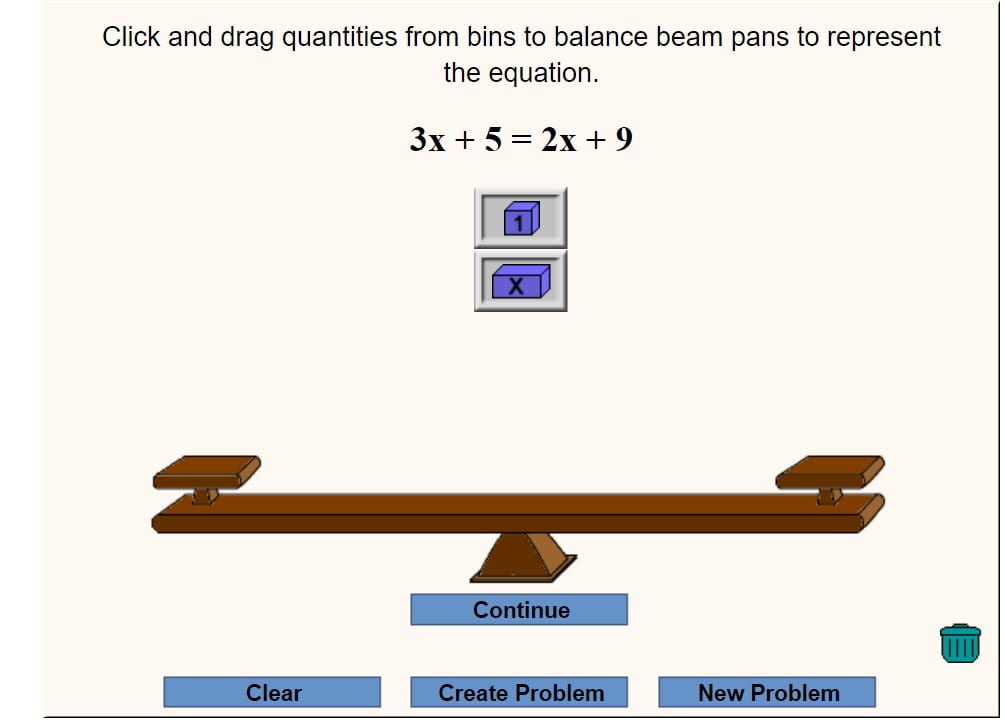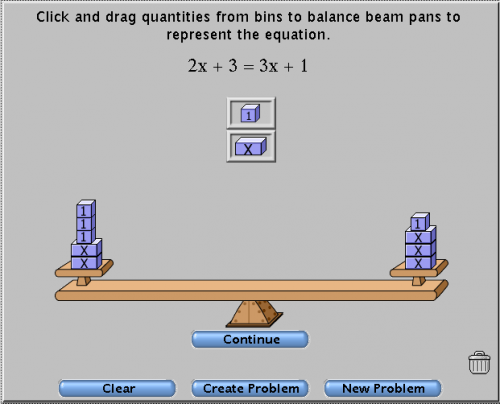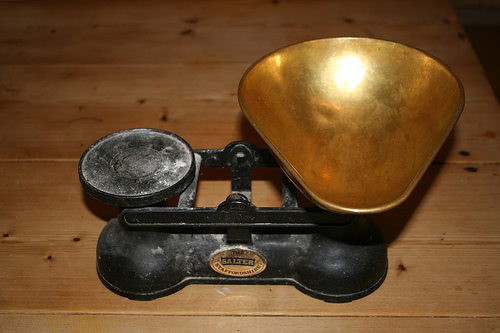
When I returned to teaching a year 7 Maths class, after a break of two years, I went searching for a virtual manipulative that I had used to improve understanding of algebra concepts. The National Library of Virtual Manipulatives has a great range of visuals, but unfortunately, most rely on Java, which is not supported by any current browser. Luckily, someone over at Hood Math has converted or upgraded the applet, so Algebra Balance Scales can be used by students in class.





